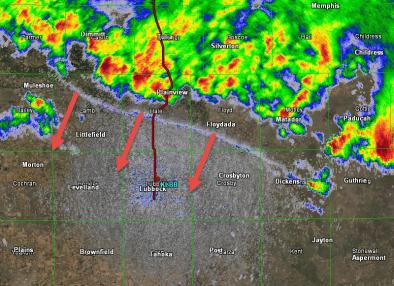Science Source
The global distribution and dynamics of surface soil moisture
- Finds that, according to 33 years of remote sensing data, productivity of US grasslands is more sensitive to dryness of the atmosphere than precipitation, important information for understanding how ecosystems will respond to climate change
- States that global observations of surface soil moisture (SSM) are now available from Earth-orbiting satellites
- States that an atmospheric anomaly (such as a thunderstorm) will dissipate rapidly (hours), whereas the resulting soil moisture anomaly will take much longer to dissipate (days–months)
- Demonstrates that, speaking broadly at global scales, lower groundwater storage in drier regions is due not only to lower precipitation, but also to greater partitioning of the water cycle by the SSM storage
- Finds that in regions where drainage to groundwater storage is largest, the surface soil layer retains a lower fraction of incoming precipitation; presumably, more of the precipitation rapidly drains to deeper groundwater storages
- Finds that for drier soils, however, hydraulic conductivity (and therefore drainage to groundwater storages) is reduced, as is saturation excess runoff, resulting in a higher fraction of incoming precipitation being retained in the surface soil layer
- Results indicate that while surface soil moisture is only a small component of the global water budget (making up less than 0.001% of the global freshwater budget by volume), it plays a substantial role in partitioning water between storages
Related Content
Headline

Jul 7, 2016 | New York Times
Climate Change Claims a Lake, and an Identity
Headline

May 31, 2016 | Weather Underground
Haboob, Sandstorm, Dirt Storm? The Answer’s Blowing in the Texas Wind
Science Source
| Scientific Reports
Global land moisture trends: drier in dry and wetter in wet over land
Huihui Fenga and Mingyang Zhang
Science Source
| Proceedings of the National Academy of Sciences
Hot days induced by precipitation deficits at the global scale
Brigitte Mueller, Sonia I. Seneviratne


